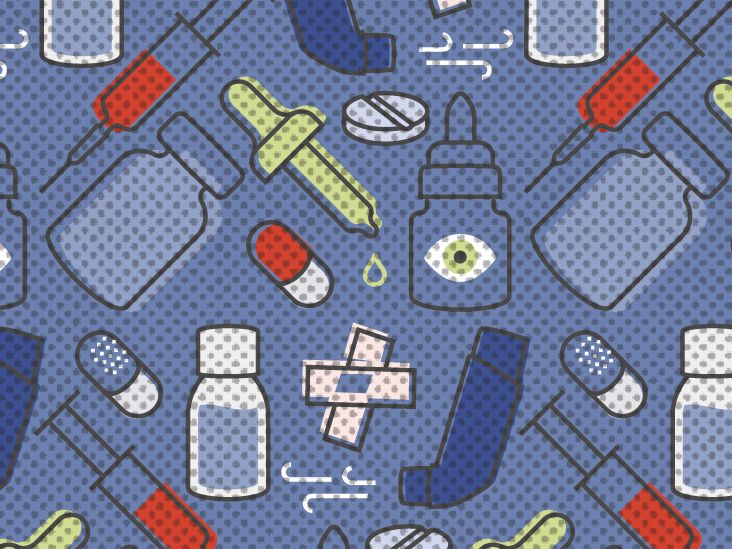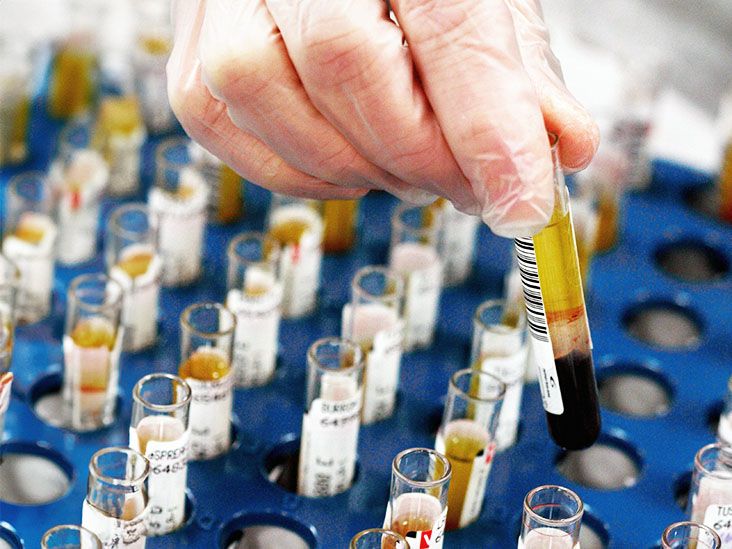Can Mold Cause Acne?
Acne is a common skin condition that affects people of all ages. It is characterized by pimples, blackheads, whiteheads, and scarring. There are many factors that can contribute to acne, including hormones, genetics, diet, stress, and certain medications. Recently, there has been some speculation that mold exposure may also trigger acne breakouts. In this article, we’ll take a closer look at the link between mold and acne.
What Is Mold?
Mold is a type of fungus that grows in damp, warm environments. It produces tiny spores that are released into the air. When these spores land on a suitable surface, they can grow and spread rapidly. Mold can be found both indoors and outdoors in places with excessive moisture, humidity, and dampness.
There are thousands of species of mold. Some of the most common indoor molds include Cladosporium, Aspergillus, Penicillium, and Alternaria. Stachybotrys chartarum, also known as “black mold,” is associated with water-damaged buildings and can produce toxic compounds called mycotoxins.
Health Effects of Mold
Exposure to mold has been linked to a variety of health issues:
- Allergic reactions like runny nose, eye irritation, coughing, wheezing
- Asthma attacks in those with asthma
- Respiratory problems like hypersensitivity pneumonitis
- Skin rashes and irritation
- Infections in those with weakened immune systems
Research shows that mold exposure triggers inflammation in the body. This inflammatory response may play a role in chronic conditions like acne. Some studies have found connections between mold exposure and skin problems like dermatitis, hives, and eczema.
How Mold Might Promote Acne
There are a few ways that mold could potentially spur breakouts:
1. Release of inflammatory substances
As mentioned, mold can cause inflammation in the body. When mold spores are inhaled, inflammatory proteins called cytokines are released. This includes interleukin-6 (IL-6) and tumor necrosis factor alpha (TNF-α). These cytokines generate an immune response designed to attack the mold. However, this also leads to systemic inflammation that may exacerbate acne.
2. Generation of reactive oxygen species (ROS)
Some research indicates that toxic molds like Stachybotrys chartarum generate reactive oxygen species (ROS). ROS are unstable molecules that cause oxidative stress and damage in the body. Oxidative stress plays a central role in acne formation by promoting sebum production, bacterial growth, and inflammation.
3. Disruption of vitamin D synthesis
There is some evidence that mold exposures can reduce vitamin D levels. This vitamin is crucial for immune regulation and also has antioxidant and anti-inflammatory activity. Low levels of vitamin D are linked to increased sebum production and more inflammatory acne lesions.
4. Alteration of microbial flora
Mold exposure early in life may alter the composition of microbes residing on the skin. This includes the bacterial strains Propionibacterium and Staphylococcus, which are involved in acne. Shifts in the skin microbiome could make individuals more prone to breakouts.
Studies on Mold and Acne
While the mechanisms exist for mold exacerbating acne, direct clinical studies are limited. Here is a summary of the existing research:
- A study in the Journal of the European Academy of Dermatology and Venereology investigated 54 acne patients. It found that Candida colonization of the skin was more common in participants with acne versus controls. Candida is a type of yeast fungus. The researchers concluded that fungal colonization may be an underlying factor in acne.
- A report in Allergy described a 21-year-old woman with acne vulgaris that was linked to mold exposure. Patch testing confirmed allergies to several molds including Alternaria and Cladosporium. When the patient avoided mold, her skin condition improved.
- A case study detailed a 48-year-old woman with adult-onset acne that was unresponsive to oral antibiotics and topical treatments. Testing uncovered a reaction to mold allergens including Aspergillus and Penicillium. Following mold remediation in her home, her acne resolved completely.
While these studies establish a potential association, larger controlled studies are needed to confirm the relationship between mold and acne.
Tips to Prevent Mold-Induced Acne
Based on the current evidence, here are some tips to help prevent mold-related acne breakouts:
- Use a dehumidifier and air conditioner to maintain indoor humidity under 50%. Mold thrives in damp conditions.
- Disinfect and thoroughly dry wet areas like the bathroom after showering. Fix plumbing leaks promptly.
- Clean moldy surfaces with detergent and water. Use bleach on non-porous surfaces. For porous materials like drywall, professional mold remediation may be necessary.
- Consider investing in a HEPA air purifier for your home to filter out mold spores.
- If mold allergies are suspected, get tested to identify problematic species. Avoid contact with known mold triggers.
- Take antioxidants like vitamin C, vitamin E, and selenium to combat inflammation and oxidative stress.
- Up vitamin D intake through food sources like fatty fish, egg yolks, and vitamin D-fortified foods. Spend 10-15 minutes in midday sunlight.
- Manage stress through yoga, meditation, or other relaxing activities. High stress exacerbates inflammation.
Seeing a Doctor for Acne
Acne sufferers concerned about a potential mold link should consult a doctor. A physician can evaluate other underlying causes and help discern if mold is contributing to breakouts.
A doctor may take a detailed history to uncover exposure to damp buildings and visible mold growth. Allergy testing or blood work to measure immune markers like cytokines and ROS may be recommended.
For moderate to severe acne, a dermatologist can prescribe effective topical and oral medications. Procedures like photodynamic therapy, laser resurfacing, cortisone shots, and chemical peels are other options for stubborn acne.
Patients allergic to molds like Alternaria and Cladosporium may benefit from immunotherapy shots over 3-5 years. This can desensitize the immune system and reduce inflammation.
The Bottom Line
It's plausible that mold exacerbates acne through inflammatory pathways, alterations in microbial flora, oxidative stress, and decreased vitamin D. However, human studies directly linking mold exposure and acne are limited.
Those with acne concerns should focus on proper mold detection and remediation in their homes. Protective measures like air purification, dehumidification, and antioxidants may also be helpful. Of course, see a doctor for any persistent acne that doesn't respond to standard treatments.
With a multifaceted approach, individuals may be able to enjoy clearer skin by tackling mold along with other acne contributors.
FAQs
How does mold cause acne?
Mold may worsen acne in several ways: by releasing inflammatory proteins called cytokines, generating reactive oxygen species that cause oxidative stress, disrupting vitamin D synthesis, and altering the microbial balance on the skin.
What types of mold are linked to acne?
Studies have associated acne with allergy to molds like Alternaria, Cladosporium, Aspergillus, Penicillium, and Candida yeast. Stachybotrys chartarum or "black mold" produces toxins that may also trigger breakouts.
Should I get tested for mold allergies?
Yes, allergy testing can identify problematic mold species. Skin patch testing or blood tests measuring IgE antibodies may be used. Avoiding contact with mold allergens can reduce inflammation.
How can I reduce mold exposure at home?
Use dehumidifiers, air conditioning, and ventilation to control humidity under 50%. Disinfect and dry damp areas promptly. Clean any visible mold thoroughly. An air purifier with a HEPA filter can remove mold spores.
What treatments help acne caused by mold?
For moderate/severe acne, see a dermatologist for prescription topicals, antibiotics, or procedures like photodynamic therapy. Taking antioxidants, upping vitamin D, and managing stress is also beneficial. Those allergic to mold may consider immunotherapy shots.
Disclaimer: This article is for informational purposes only and does not constitute medical advice. Always consult with a healthcare professional before starting any new treatment regimen.























Add Comment